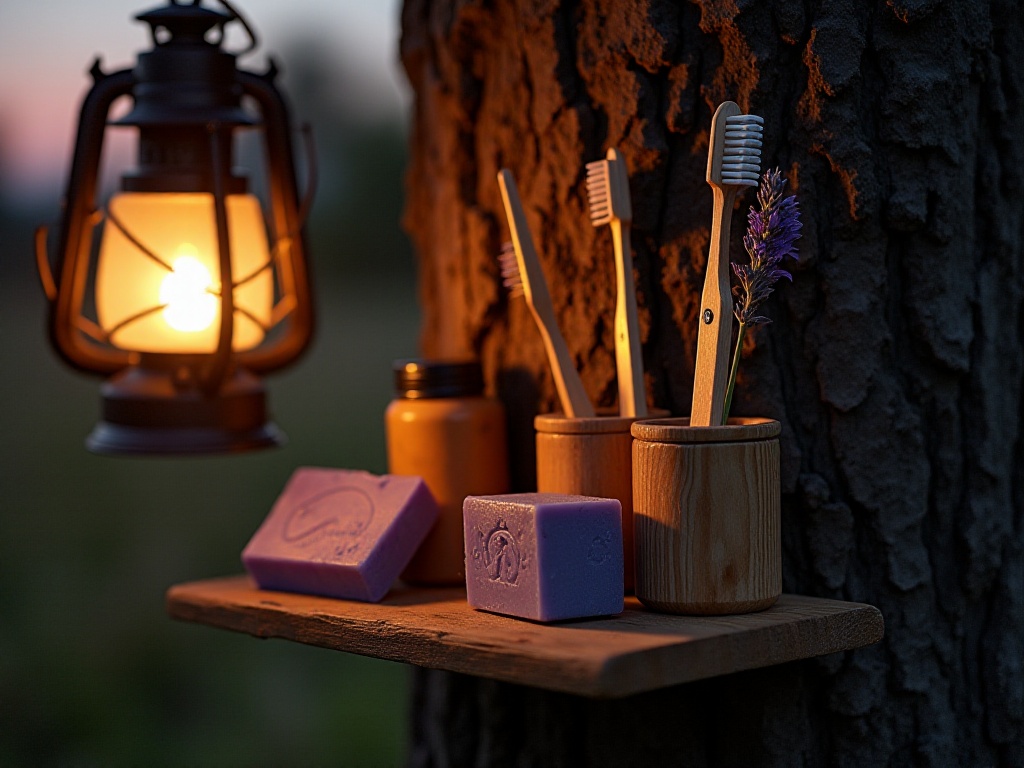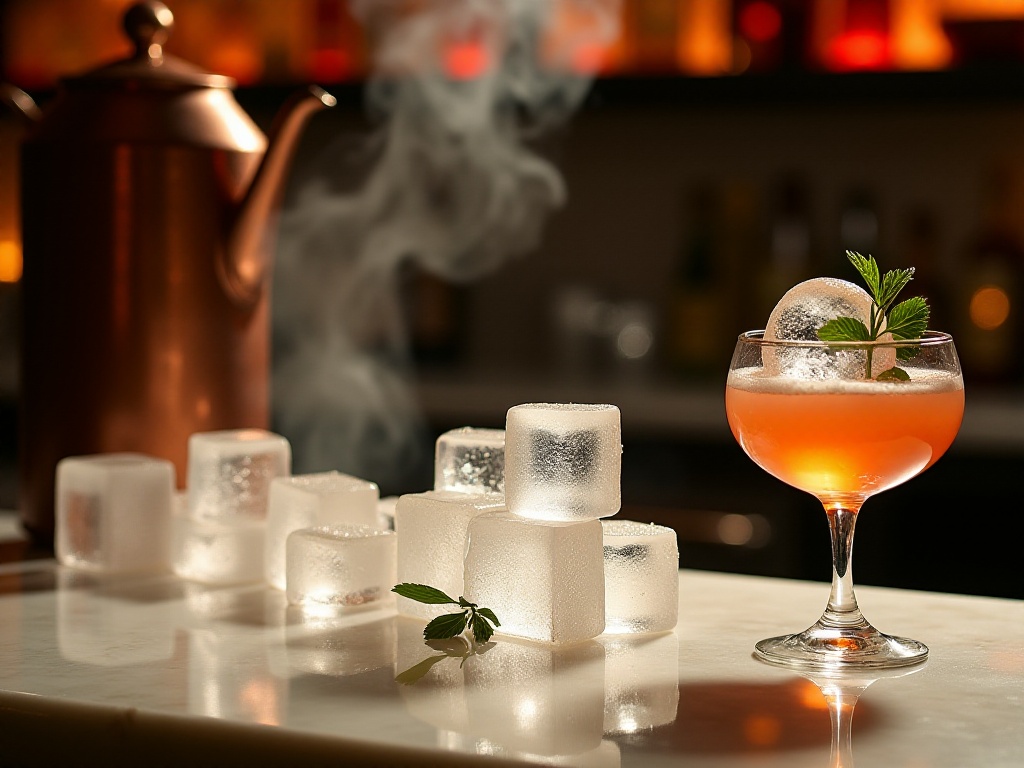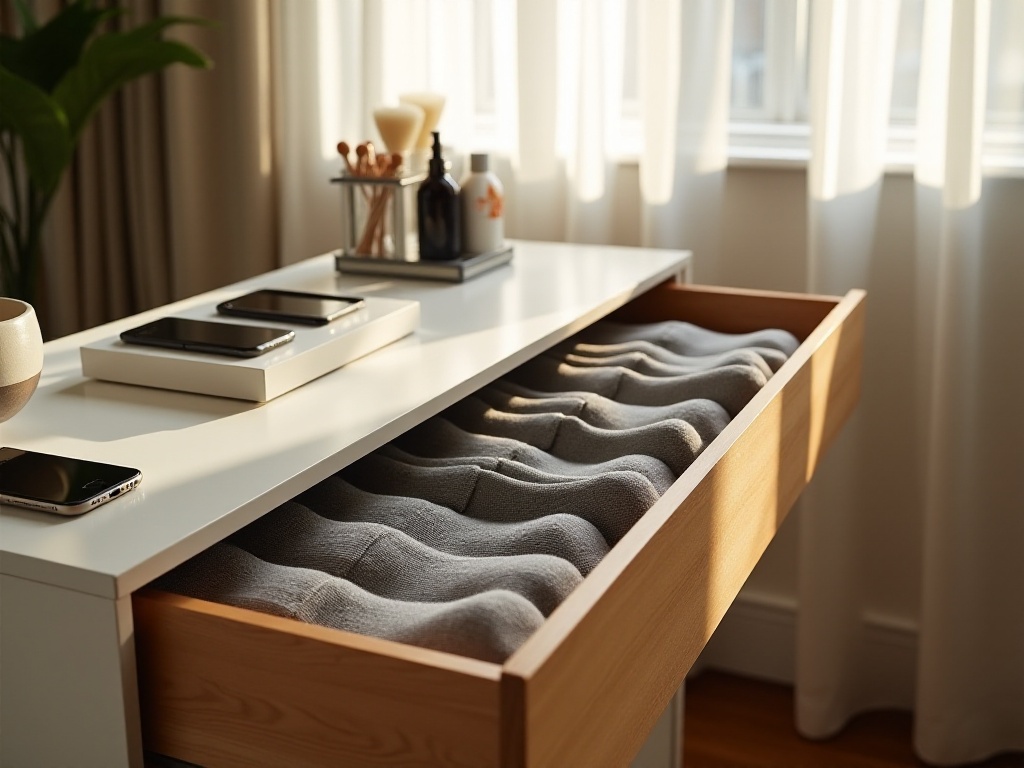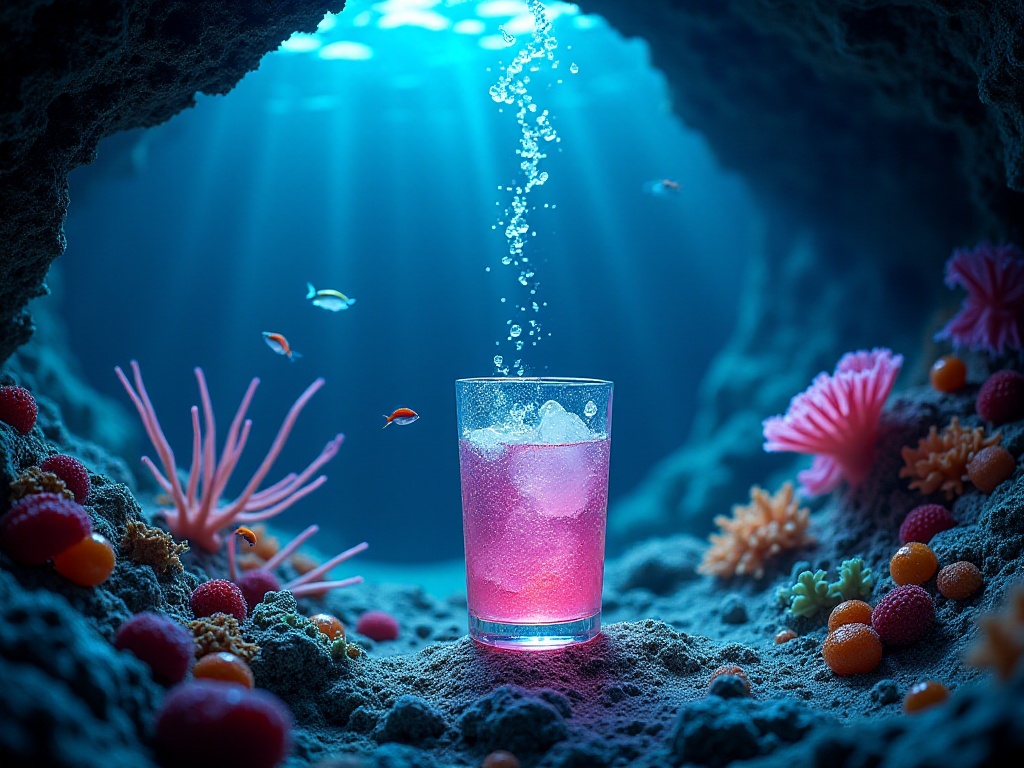Introduction
Hello everyone, I'm your beverage researcher, Little K. As a post-95s generation enthusiast who has been passionate about beverage making since childhood, today I want to discuss a particularly interesting topic - the professional use of ice cubes. Many friends might think: "Isn't it just throwing some ice into a cup? What's there to talk about?" But don't underestimate these crystal-clear little things; they are crucial tools for crafting perfect beverages and can even be considered one of the key factors determining a drink's taste.
The Art of Ice
To be honest, when I first started making beverages, I didn't understand any of this either. Back then, I thought ice cubes were just those white frozen things from the refrigerator, as long as they could make drinks cold. Until one time when I was studying in Japan, I met an incredibly skilled bartending master, Mr. Matsumoto. He worked at an elegant bar in Ginza, and spent an entire afternoon just explaining the knowledge of ice making and selection. After listening, I had an epiphany: we've been using ice cubes too "commonly" all along.

The Science of Crushed Ice
Mr. Matsumoto said that crushed ice is like the impatient personality of the beverage world - it melts quickly and can rapidly cool drinks. But because it melts fast, it dilutes the drink's flavor. While this might sound like a disadvantage, it becomes an advantage in certain beverages. I remember he made me a Mojito on the spot using crushed ice, and the whole process was truly a visual feast.
For example, cocktails like Mojito and Margarita are best suited for crushed ice. Why? Because as the crushed ice slowly melts, the alcohol concentration gradually decreases, making the taste smoother and allowing the drink's layers to slowly unfold. It's like a carefully planned taste journey, from initial intensity to final refreshment, each sip bringing a different experience.
When making crushed ice, I've noticed many people overlook an important detail: the size of the crushed ice should be as uniform as possible. Uneven crushed ice leads to inconsistent melting speeds, affecting the overall taste experience. I usually use a professional ice crusher, but at home, you can wrap ice cubes in a clean cloth and gently tap them with a wooden mallet to get relatively uniform crushed ice.
Crushed ice is particularly suitable for shaved ice beverages. I remember once at a Taiwan night market, watching the vendor's technique for making mango shaved ice - it was truly an art form. Their crushed ice was as fine as snow, and when topped with mango juice, it created a melt-in-your-mouth sensation that was irresistible. When I tried to replicate it at home, I discovered the key was in the fineness of the crushed ice - if it's too coarse, the texture suffers.

The Sophistication of Large Ice Cubes
If crushed ice is the impatient personality of the beverage world, then large ice cubes are the steady veterans. They melt slowly, maintaining the drink's temperature and original flavor for a long time. The most crucial aspect of large ice cubes is their transparency - a perfect large ice cube should be crystal clear, not just for aesthetics but as a symbol of quality.
I remember my first visit to a professional whiskey bar, watching the bartender place a completely transparent cubic ice cube into a glass - I was amazed. The ice cube was about 4×4×4 centimeters, completely transparent, without any impurities or bubbles. The bartender told me that making such ice cubes requires special ice-making equipment and a precise process. First, you need pure water, then use directional freezing technology to let the water freeze from one direction to avoid bubble formation.
It turns out that pairing whiskey with large ice cubes isn't just for looks - it's to maintain the original taste of the spirits. High-end spirits like whiskey should never be over-diluted. Large ice cubes have a relatively small surface area and melt slowly, maintaining the optimal dilution level while keeping the temperature low. Moreover, large ice cubes allow whiskey to slowly release its aroma over time, enriching the drinking experience.
There are techniques for making large ice cubes at home too. I usually use silicone molds, which are flexible and make ice easy to remove. Also, remember to cover the mold with plastic wrap before putting it in the freezer to prevent freezer odors from contaminating the ice. For clearer ice cubes, you can boil the water first and let it cool completely before pouring it into the mold - this reduces bubble formation.

The Magic of Nugget Ice
Speaking of nugget ice, it's my favorite. It has a particularly interesting texture, soft like snow, and can absorb the drink's flavor. Making nugget ice is actually quite technical, requiring special ice machines that create small ice pearls through compression and cutting. This type of ice is especially suitable for drinks like milk tea and sparkling water.
I often experiment with nugget ice, like putting it in matcha lattes - as the ice nuggets slowly melt, the bitterness of matcha perfectly blends with the sweetness of milk. This experience is completely different from using regular ice cubes. Another advantage of nugget ice is its regular shape, arranging neatly in the glass for an elegant look.
I remember once trying to make a fruit tea with nugget ice. I sliced fresh fruit, combined it with nugget ice and specially blended fruit tea. When the tea seeped into the gaps between the ice nuggets, it not only looked great but tasted incredibly refreshing. This recipe later became a bestseller in our shop.
Nugget ice is also particularly good for making smoothies. Traditional smoothies might have a less refined texture due to regular ice cubes being too hard. But nugget ice is already soft, making smoothies especially smooth without large ice chunks.
Production Process
Cleaning Guidelines
Regarding the production process, many people find cleaning the most troublesome. I have a small tip: use idle time during drink preparation for cleaning. For example, while waiting for water to boil, you can clean used tools and wipe down the work surface. This not only keeps the environment clean but also improves work efficiency.
Cleaning work seems simple but actually has many considerations. First is the choice of cleaner - I recommend using food-grade cleaners for safety. Second is the cleaning order - you should start with the cleanest utensils and gradually move to dirtier ones. For example, clean glasses first, then mixing tools, and finally equipment like juicers that are harder to clean.
When cleaning ice cube molds, special attention is required. Since ice directly contacts beverages, the cleanliness of molds directly affects drink quality. I usually clean with a mixture of warm water and baking soda, which removes odors without leaving chemical cleaner residue. After washing, dry completely to avoid water spots that could lead to bacterial growth.
Tool Maintenance
Tool maintenance is also particularly important. I've seen too many people just casually wipe tools after use, which can affect the next use. The correct approach is to wash immediately after use and perform regular deep cleaning. For example, juicer blades become dull with use and need regular replacement or sharpening; refrigerator ice trays also need regular disinfection.
Speaking of tool maintenance, I have a small suggestion: establish a tool maintenance log to record each tool's usage frequency and maintenance time. This not only extends tool life but ensures consistent quality in production. Precision tools like thermometers and measuring devices especially need regular calibration.
Tool storage is also part of maintenance. I arrange tools according to usage frequency, keeping frequently used ones within reach and less used ones in storage cabinets. Also, pay attention to categorizing tools in storage to avoid cross-contamination. For example, fruit cutting knives should not be stored with other tools.
Innovative Thinking
Customer-Centric
When developing new beverages, I always ask myself several questions: What do consumers really need? What's missing in the market? For example, in the past two years, I've observed more people pursuing functional beverages, like beauty drinks containing collagen or gut health drinks with probiotics.
Innovation isn't about imagination but must be based on market demand. I often conduct market research through questionnaires and consumer interviews to understand target group preferences and needs. For example, I found young people particularly like "trending" drinks but worry about excessive calorie intake. So I developed a series of low-sugar, low-calorie but still delicious beverages that received good market response.
In the innovation process, I also pay special attention to cross-disciplinary thinking. Sometimes inspiration can come from completely unrelated fields. For example, once while watching a cooking show, seeing the chef use molecular gastronomy techniques inspired me to apply this technology to beverages, resulting in a bubble fruit tea with explosive sensations that young people love.
Quality First
Regarding ingredient selection, my advice is never to cut corners on cost. For example, with sweeteners, there are many market choices: cane sugar, stevia, artificial sweeteners, etc. But choose the most suitable based on the beverage's characteristics. When developing a low-sugar drink, I spent two whole months testing different sweetener ratios.
Quality control isn't just about ingredient selection but includes standardizing the entire production process. I create detailed standard operating procedures (SOPs) for each beverage, including ingredient amounts, production steps, and temperature control. This ensures consistent quality for every drink.
Ingredient storage management is also key to quality assurance. We strictly control storage environment and shelf life for each ingredient. For example, fresh fruits need appropriate storage temperatures based on variety, tea leaves need light-proof sealed storage, and syrups need regular quality checks. These details may seem trivial but all affect final product quality.
Business Perspective

Market Insight
Making a good beverage isn't just about having a good recipe - you need to understand market demand. I often visit different coffee shops and tea houses to observe which beverages are most popular and when sales peak. This market research helps us understand consumer preferences and identify market gaps.
For example, I found that between 9-11 AM, many people choose coffee; between 3-5 PM, they prefer fruit tea or milk tea. These consumption patterns actually reflect different time period consumer needs. In the morning, people need to wake up, so they choose coffee; in the afternoon, they focus more on relaxation and enjoyment, so they choose drinks with lighter flavors.
Market insight also includes competitor analysis. I regularly try new products at competitors' shops and analyze their pricing strategies and marketing methods. This isn't for imitation but to understand market trends and find our own differentiation advantages.
Marketing Strategy
Good products need good marketing strategies for support. Today's young people care a lot about social media presentation, so when designing beverages, we also consider their "photo-worthiness." For example, choosing special cup designs or unique decorations makes drinks not just tasty but visually appealing.
Marketing strategies should be tailored to different target groups. For example, we offer promotional packages for students; for white-collar workers, we emphasize functionality and quality. Also important is coordinating with holidays and seasonal changes to launch special editions.

Conclusion
After all this discussion, do you have a new understanding of beverage making? Making beverages is like performing magic - seemingly simple steps hide countless thoughtful details. Every detail matters, from ice selection to tool maintenance, from ingredient choice to taste adjustment - all require careful consideration. I hope these insights help you make professional-level beverages at home. If you have any unique beverage-making tips, feel free to share them in the comments. Through continuous exchange and practice, I believe we can all go further on this interesting beverage journey.
Related articles




